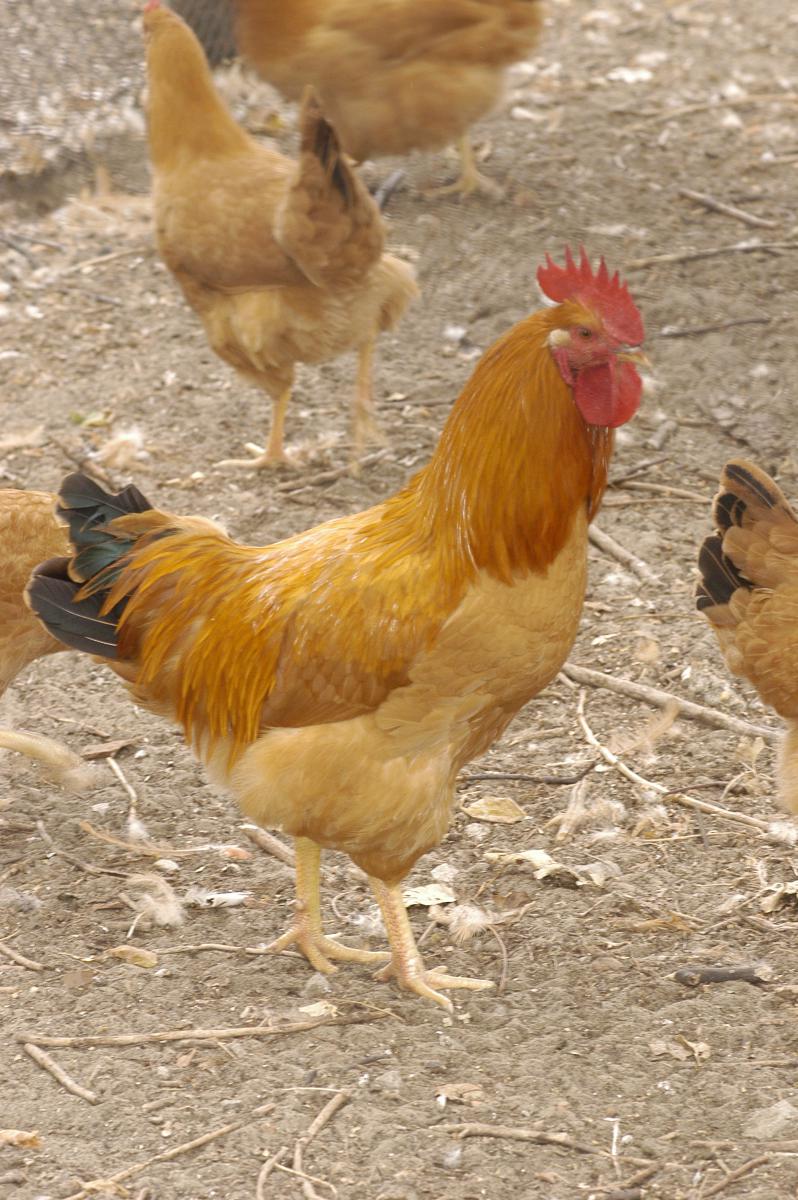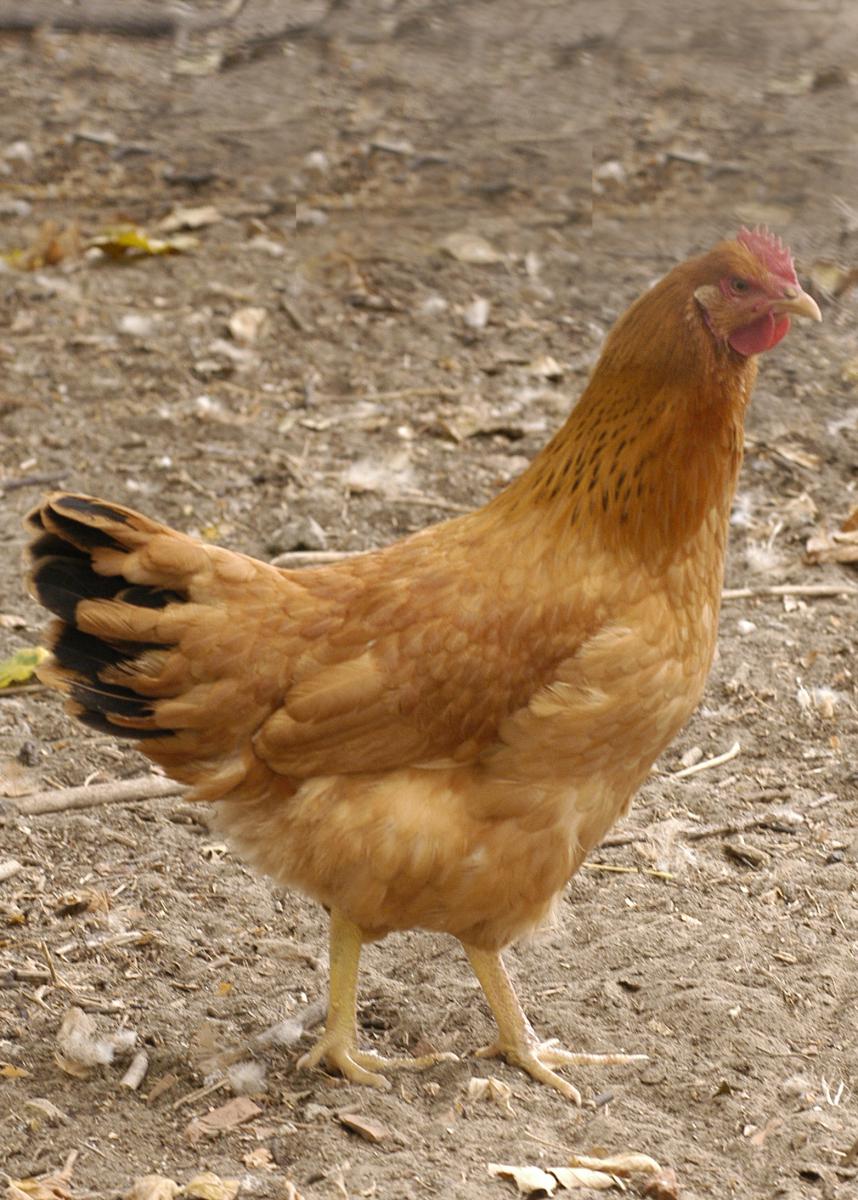Old Hungarian Chicken Breeds
Old Hungarian Chicken breeds belong to the medium size, dual-purpose breeds. Hens weigh 2.0 to 2.3 kg, while cocks weigh 2.5 t 3.0 kg. Their trunk is of medium length and slightly rolled. The backline of hens is horizontal and long, while cockerels have a shorter, hollow back. A broad, round and prominent breast, high set wings, well developed, typical brooder belly tojóhas, medium long legs, relatively big tail feathers compared to the body size and a plumage that fits the body well are typical to the breed. Head is small, skull is round, beak is short and thick at the base, and the eyes are bright. Comb is of medium size, stretching backwards and erect, in hens often canted, evenly toothed, simple serrate comb. Wattle is fine to the touch and rounded down, ear-lob is oval-shaped and always completely blood-red.
The highest value of Hungarian chicken breeds of a fine bone structure was their fine-fibred, excellent and palatable meat, which generated a demand for them in domestic and foreign markets alike. Pullets at the age of 8 to 10 weeks could already been sold. As a result of the breeding work started in Gödöllő in the 1930s their annual egg production reached 140 to 150 pieces, based on which it was accounted for as an excellent dual-purpose breed. During the breeding work several colour varieties have been developed. White, yellow, speckled and partridge colour were the most common ones. These varieties have survived until today and as a result of the gene bank activity they can be found now as separate breeds in our gene banks.
White

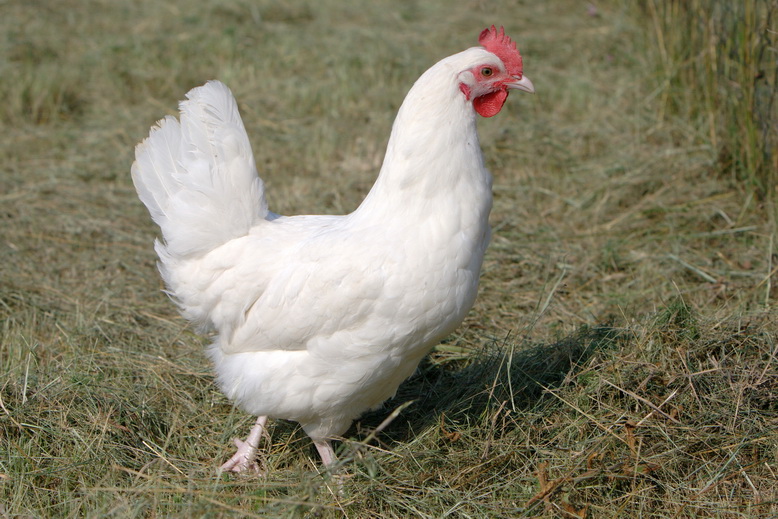
Speckled
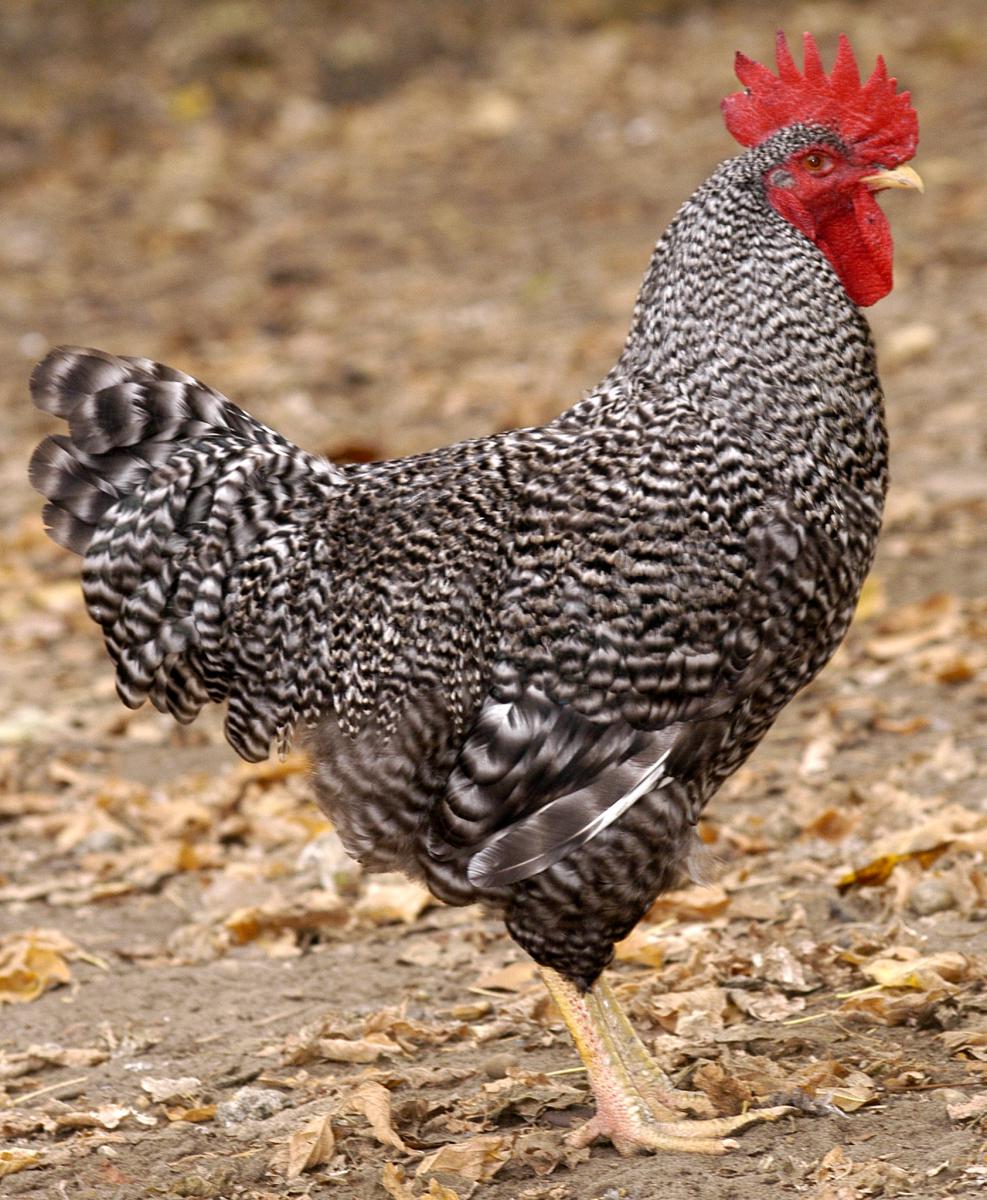
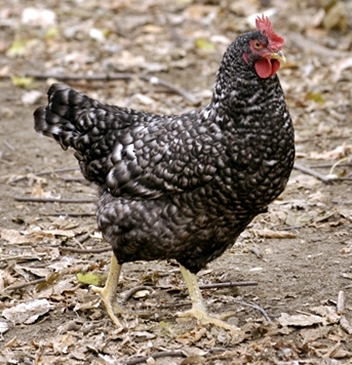
Partridge colour
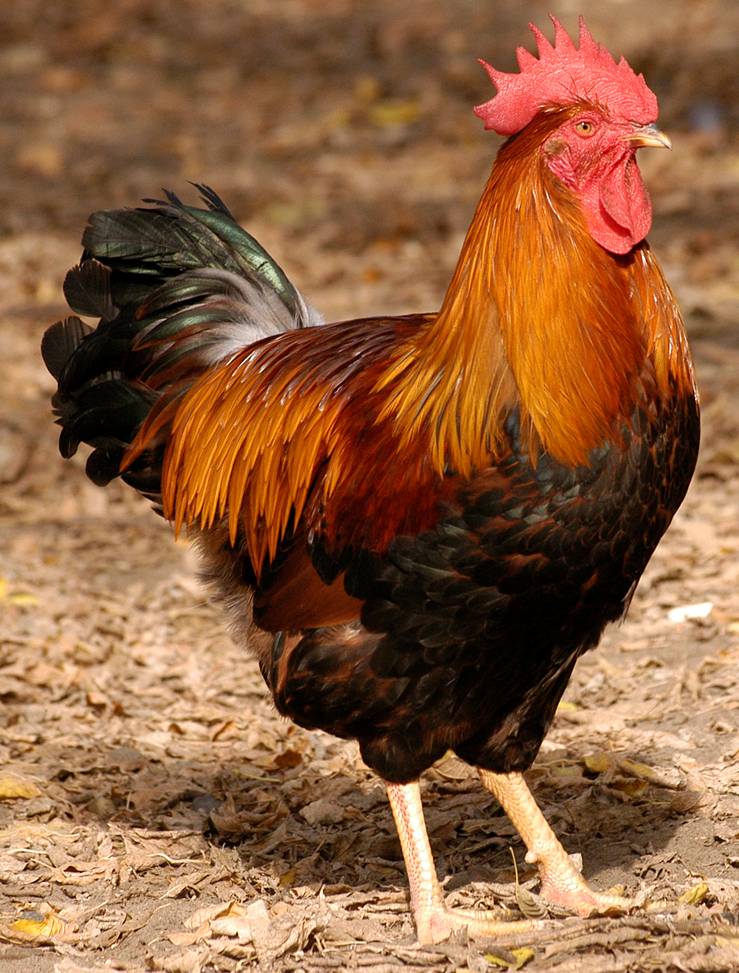
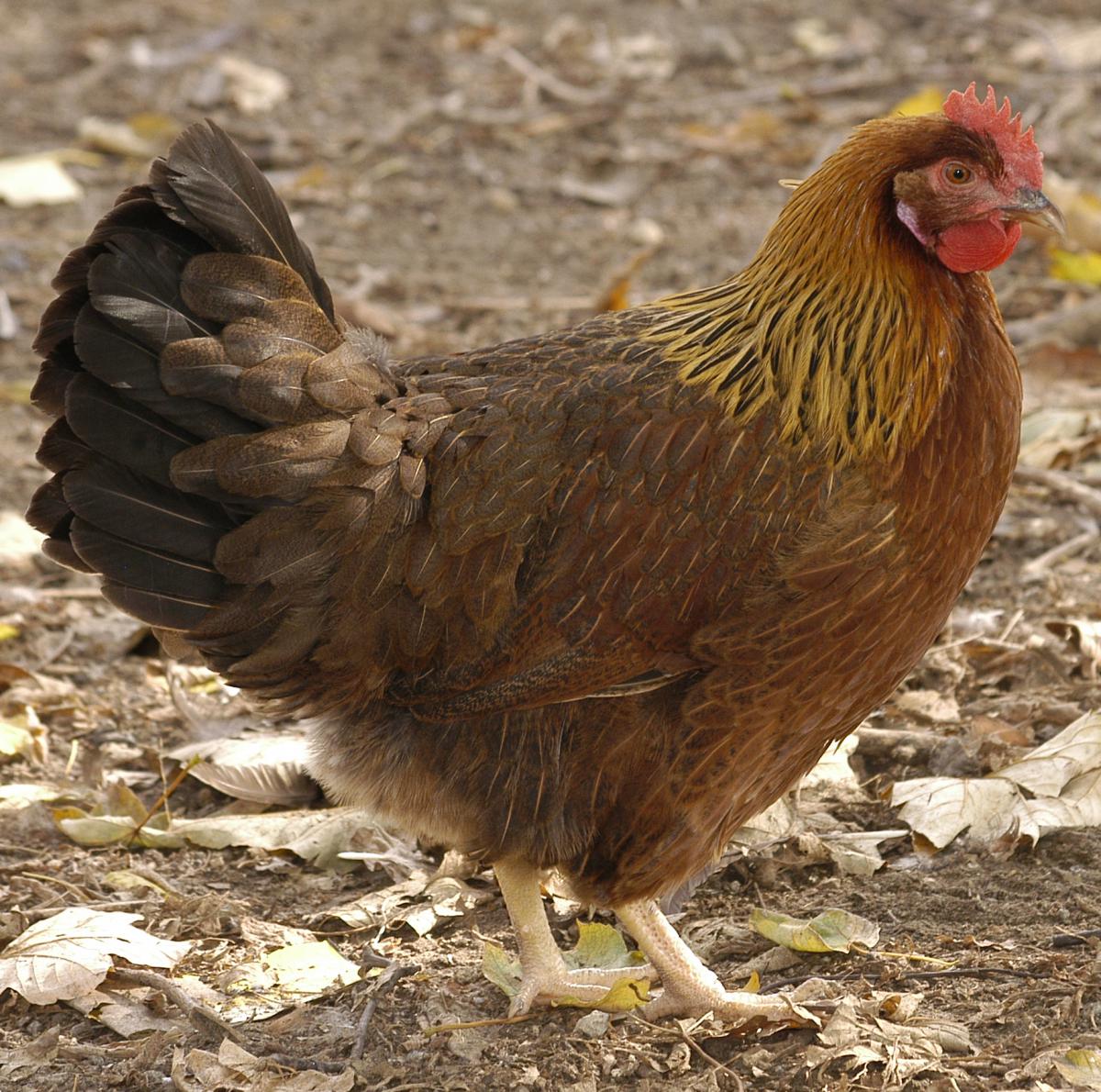
Yellow
